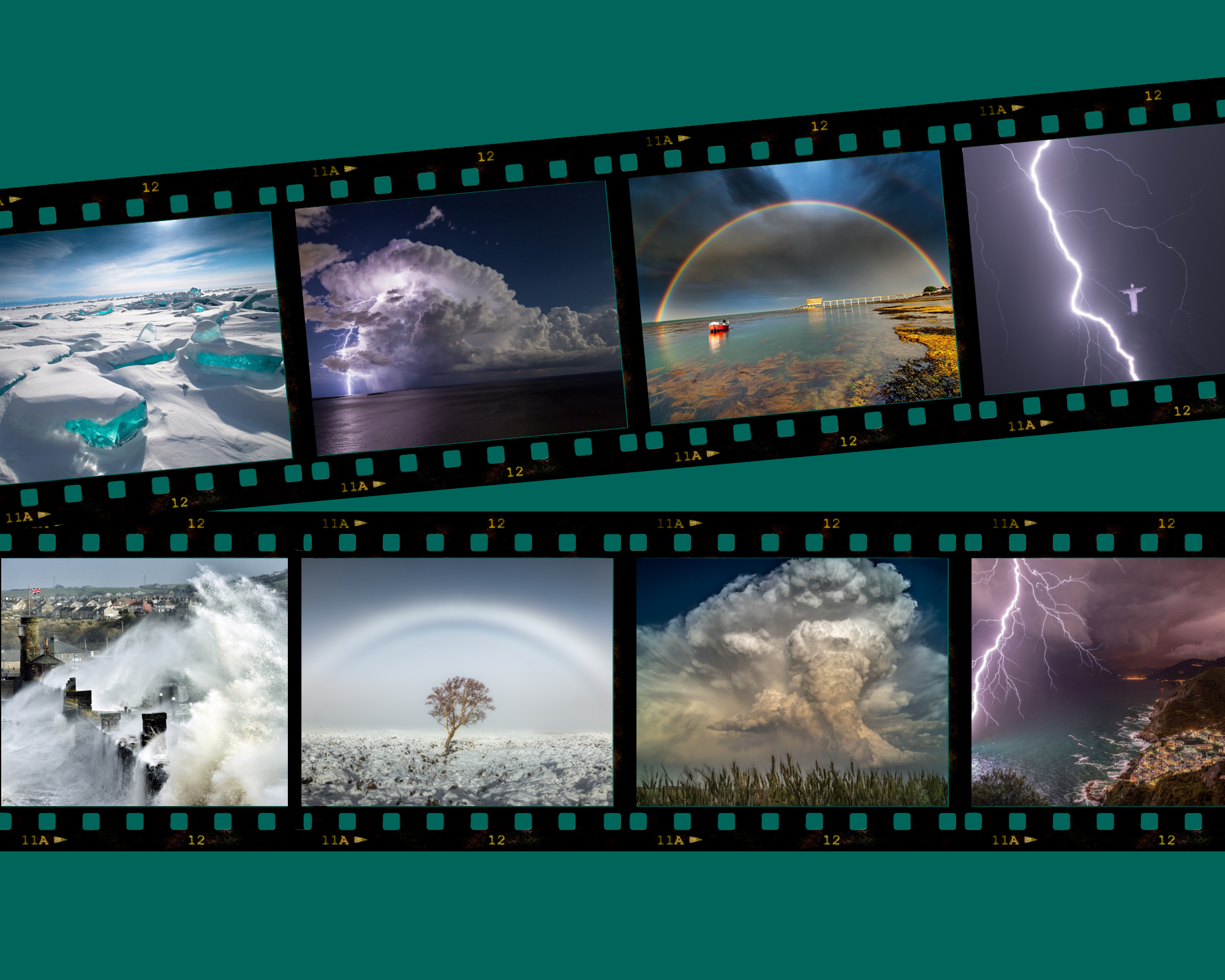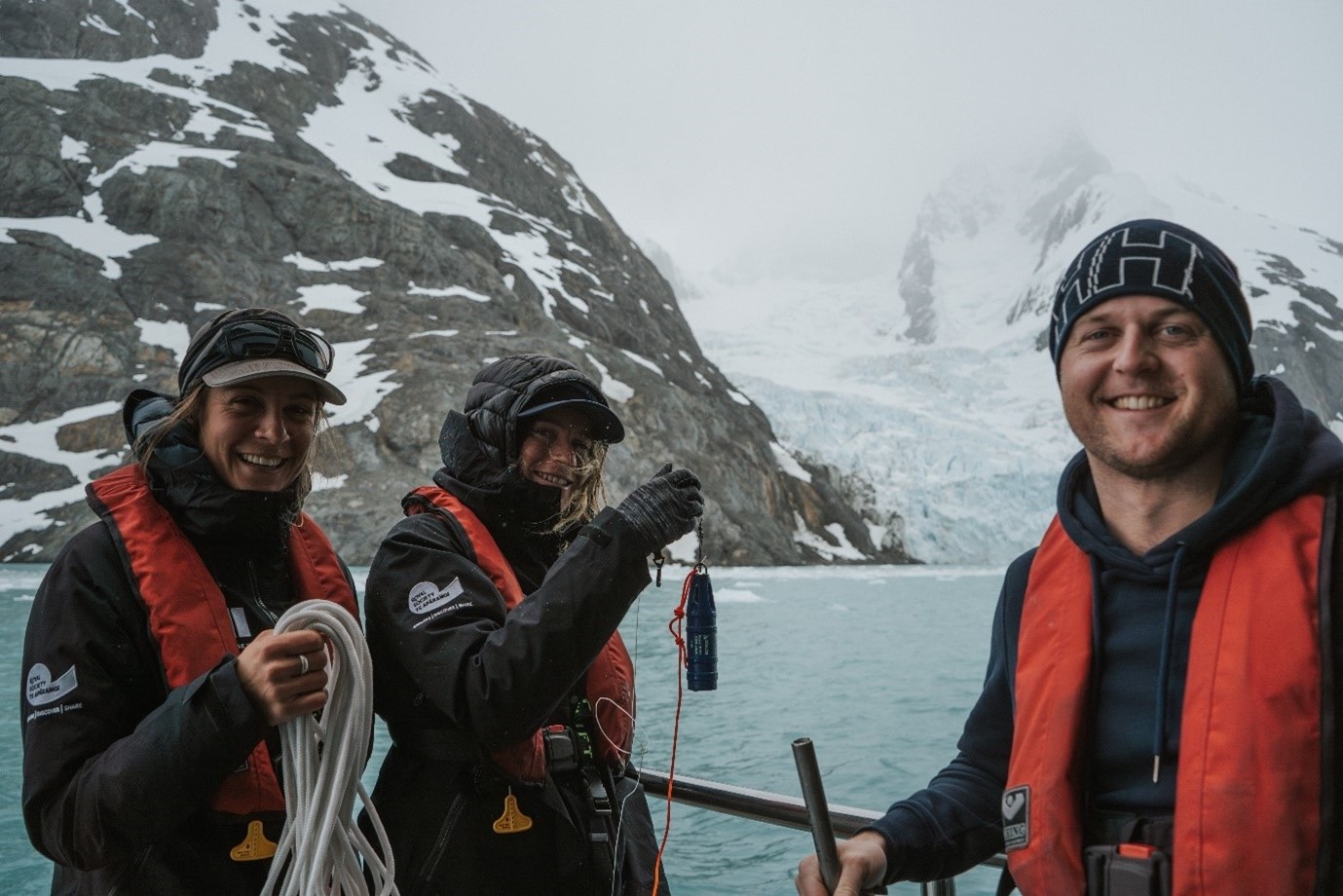

Traveller's Guide to Lapland, Finland
A holiday to Lapland is the ultimate Christmas present, for children and adults alike. After all, this is the one place you can spend time with Santa Claus on his home turf!*
Lapland is the largest and northernmost region of Finland and has a subarctic/continental climate categorised by mild summers and long, cold, snowy winters. For this reason - and due to an abundance of conifer trees - it has become associated with Christmas, particularly in the UK.
The enchantment of visiting Father Christmas in Lapland is a dream for many. The fairytale is complete with snowy forests, cosy log cabins and a population of reindeer that exceeds the native Sami people! The area is full of festive spirit at this time of year, with crackling fires, sleigh rides and of course, opportunities to visit Santa and his elves at their winter wonderland, eight kilometres north of Rovaniemi, the capital of Finnish Lapland. Whilst visiting Rovaniemi, you can ‘hop over’ the Arctic Circle (a circle of latitude that runs 66°33’45.9” north of the Equator) line which is clearly marked in the city centre.
The very first snowflakes fall in late August or early September over higher ground in Lapland, and the first coverage of snow usually arrives in late September or October. Following this, there is permanent snow cover for several months with the thickest snow found in early April, after which it begins to melt. The thickest snow cover ever recorded in Lapland occurred in Kilpisjärvi on 19 April 1997, it was 190 cm. The average number of days with snow is 175-225 days per year, depending on location. Tourism is particularly popular between December and February, when temperatures range from about -16°C to 3°C, but can reach as low as -30°C.
In the peak winter months, daylight is limited to a few hours usually between the hours of 10 a.m. and 2 p.m. The short daylight hours create ideal conditions to view the northern lights, or aurora borealis. These amazing displays of light are best seen between November and March – you can camp under the stars to view it in its full glory, either in a basic tent or special viewing igloos.
However, Lapland is not just about meeting Father Christmas - the long-lasting snow cover makes it an ideal place for winter activities like dog-sledding, skiing, snowboarding, snow-shoe walking, tobogganing and snowmobiling, with many resorts to choose from (including Levi, Ylläs, Pyhä–Luosto, and Kemijärvi–Suomu). Of course, it is also a place to relax and unwind.
In contrast, during summertime, temperatures are usually 10 to 15°C with moderate rainfall. Most of the Lapland region lies above the Arctic Circle, so the differences in daylight hours between winter and summer are extreme. From mid-May to late July the sun does not completely dip below the horizon. This phenomenon is known as the ‘midnight sun’.
The abundance of rivers and lakes in Lapland makes it an ideal place for boating and fishing at this time of the year, whilst the stunning scenery and vast forests make it perfect for hiking. Check out Ylitornio - Aavasakas, Salla and Kilpisjärvi.
Of course, Lapland’s food culture should not be forgotten; it is directly linked to its landscape and pristine nature, typically simple and rugged using fresh seasonal vegetables.
Although Lapland is mainly associated with winter wonderlands and the magic of Christmas, it is clear that there is much more to Lapland than Santa and reindeer – and should not be disregarded as a destination at other times of the year.
*Santa Claus’ original home lies in the mysterious Korvatunturi (“Ear Fell”) in Lapland, but the exact location is a secret only known to a chosen few!
Climate of Lapland
Average min temperature range: -13°C in February to 13°C in July
Average max temperature range: -6°C in February to 21°C in July
Average driest month: April with 25 mm and 13 rain days
Average wettest month: August with 75 mm and 15 rain days
Average daily sunshine: 0 hours in Dec to 10 hours July




